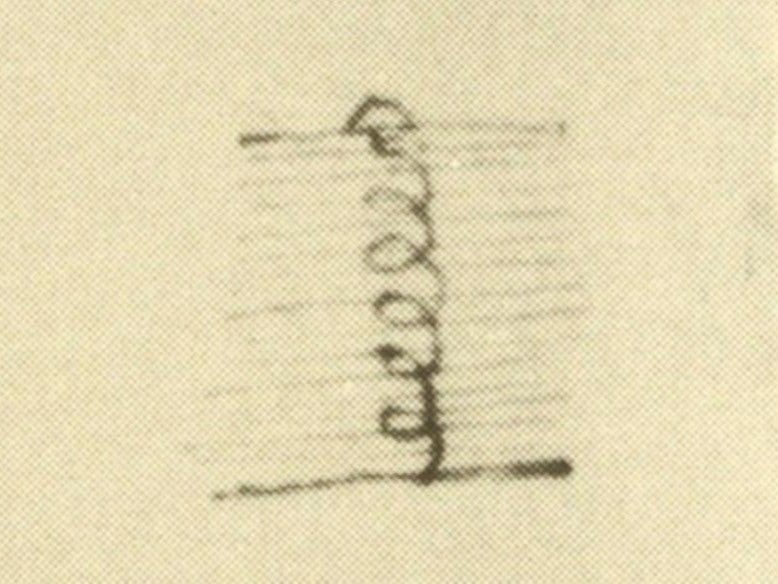Scientists solve 500-year-old mystery that puzzled Leonardo da Vinci
Leonardo’s Paradox centres on the way air bubbles zigzag and spiral through water

Your support helps us to tell the story
From reproductive rights to climate change to Big Tech, The Independent is on the ground when the story is developing. Whether it's investigating the financials of Elon Musk's pro-Trump PAC or producing our latest documentary, 'The A Word', which shines a light on the American women fighting for reproductive rights, we know how important it is to parse out the facts from the messaging.
At such a critical moment in US history, we need reporters on the ground. Your donation allows us to keep sending journalists to speak to both sides of the story.
The Independent is trusted by Americans across the entire political spectrum. And unlike many other quality news outlets, we choose not to lock Americans out of our reporting and analysis with paywalls. We believe quality journalism should be available to everyone, paid for by those who can afford it.
Your support makes all the difference.Scientists appear to have solved a mystery of physics that has puzzled people for centuries.
Leonardo’s Paradox, named after Renaissance artist Leonardo da Vinci who observed the phenomenon, centres on the way air bubbles appear to zigzag or spiral as they rise through water.
The polymath was unable to explain why bubbles move in this manner – rather than rise in a straight line, as physics would suggest – but did find a correlation between the size of a bubble and its movement: the unexpected motion only occurs once a bubble achieves a spherical radius of roughly 1 millimetre.
For more than 500 years, scientists studying fluid dynamics have also been unable to come up with a satisfying explanation for why this occurs – until now.
Two researchers from the University of Seville and the University of Bristol used a mathematical framework to simulate air bubbles rising through water, calculating they become unstable once a critical radius of 0.926mm is reached.
This is due to the pressure of the water surrounding the bubbles forming subtle deformations in their shape, causing the wobble motion.
Their findings were detailed in a study, titled ‘Path instability of an air bubble rising in water’, published in the journal Proceedings of the National Academy of Sciences on Tuesday.
“It has been documented since the Renaissance that an air bubble rising in water will deviate from its straight, steady path to perform a periodic zigzag or spiral motion once the bubble is above a critical size,” the paper stated.
“Yet, unsteady bubble rise has resisted quantitative description, and the physical mechanism remains in dispute. Using a numerical mapping technique, we for the first time find quantitative agreement with high-precision measurements of the instability.”
The researchers conclude that the discovery of the mechanism opens up the possibility for further study of “small contaminations, present in most practical settings, which emulate a particle somewhere in between a solid and a gas”.

Join our commenting forum
Join thought-provoking conversations, follow other Independent readers and see their replies
Comments